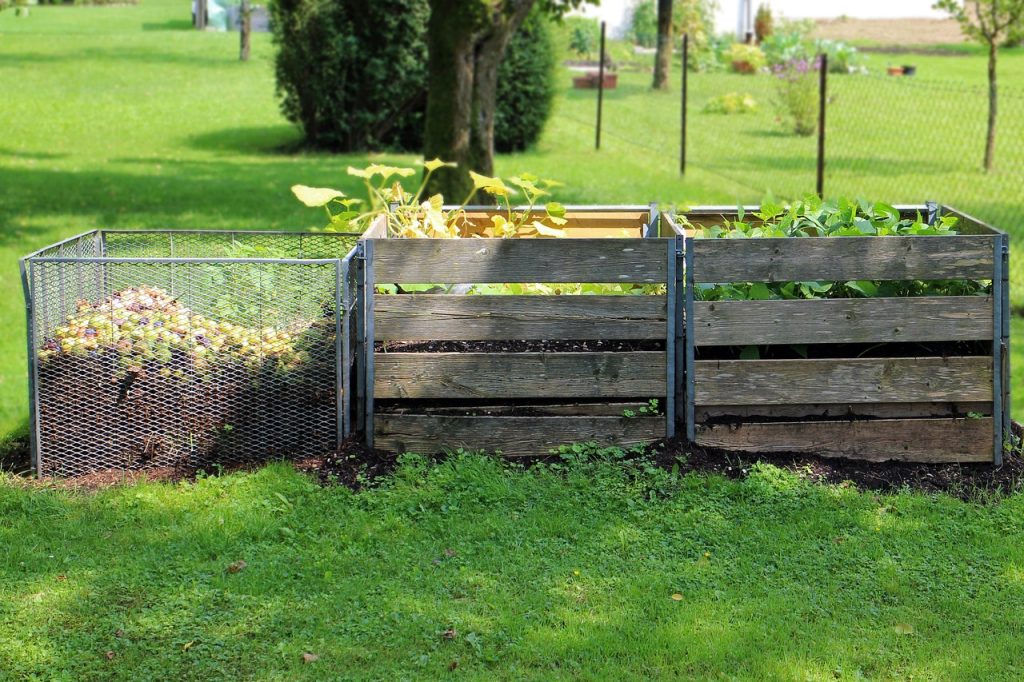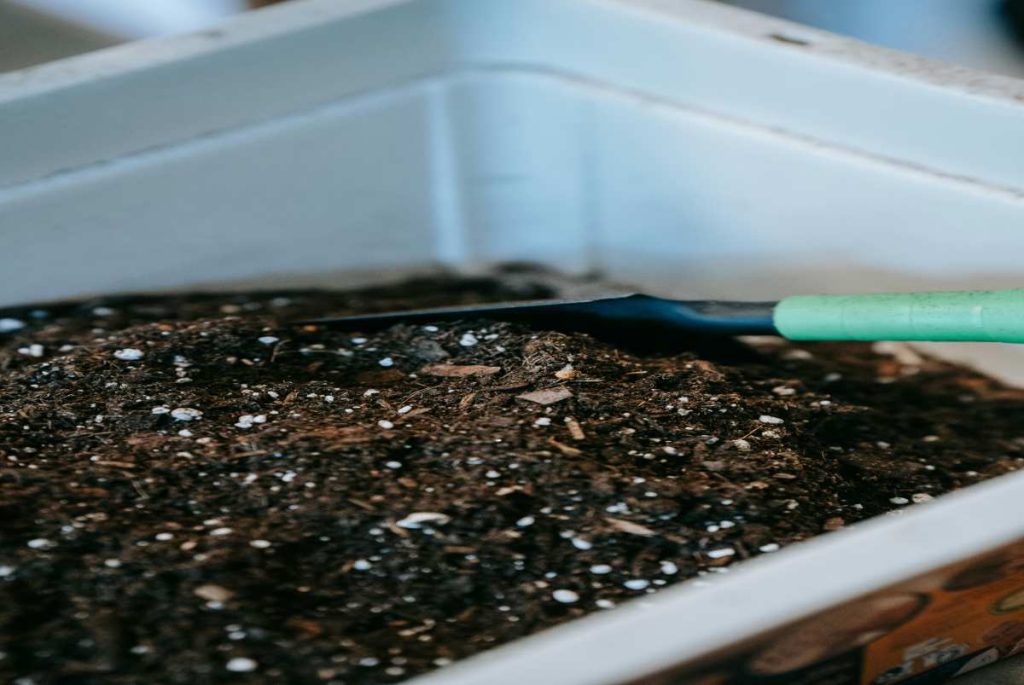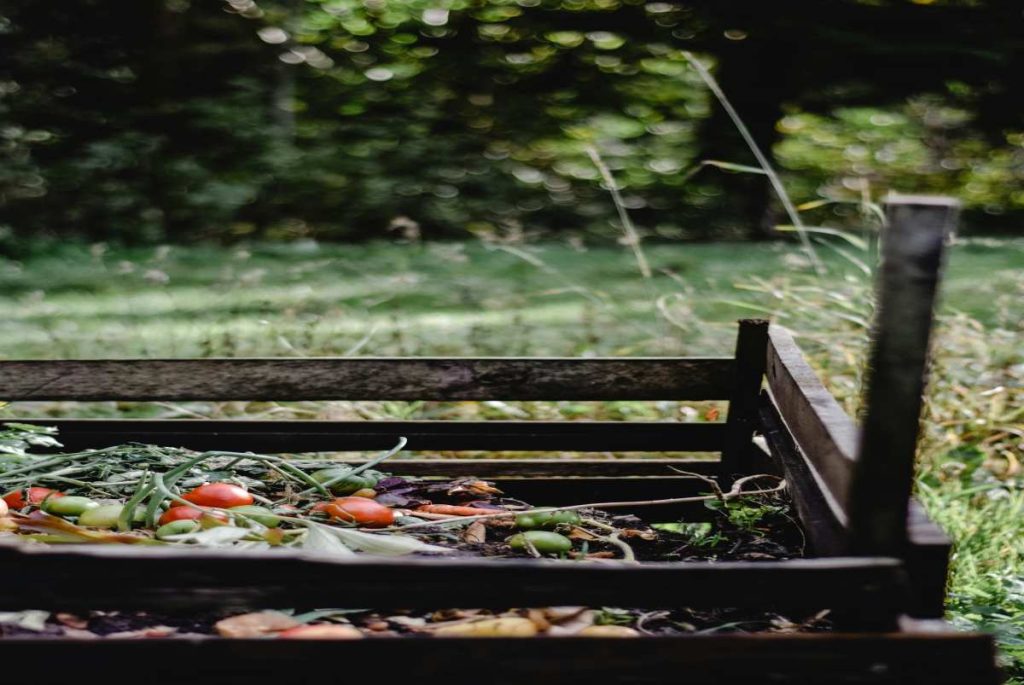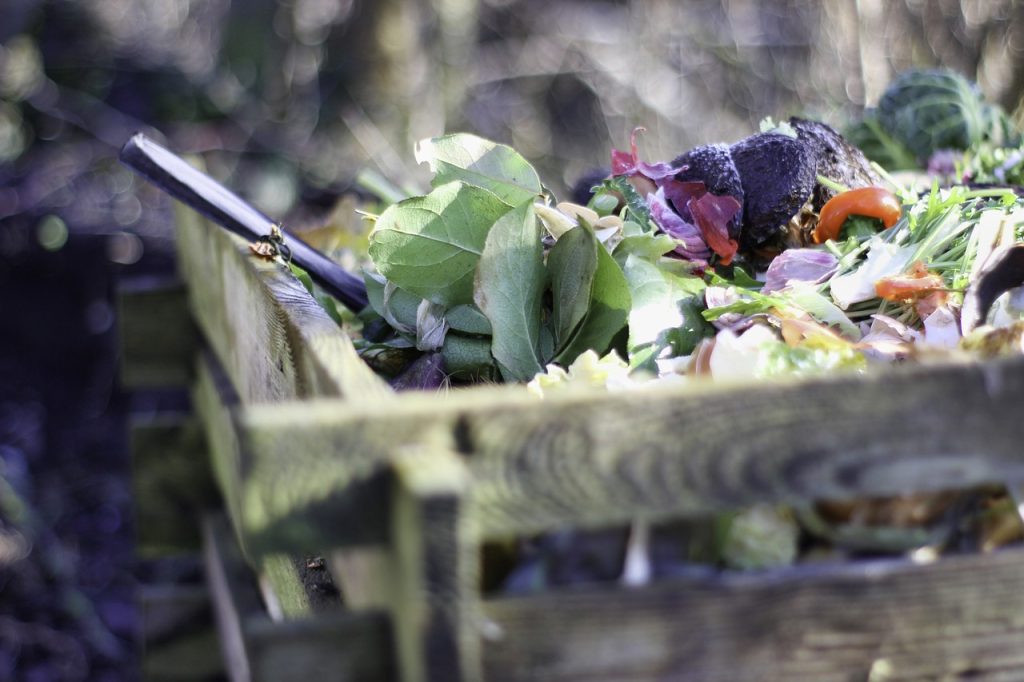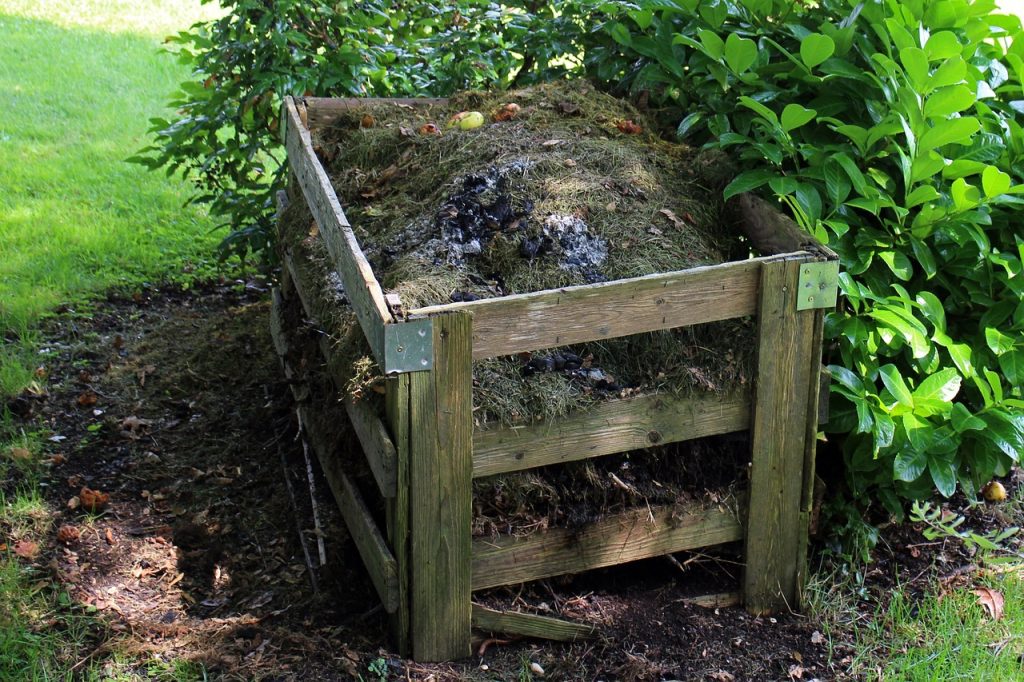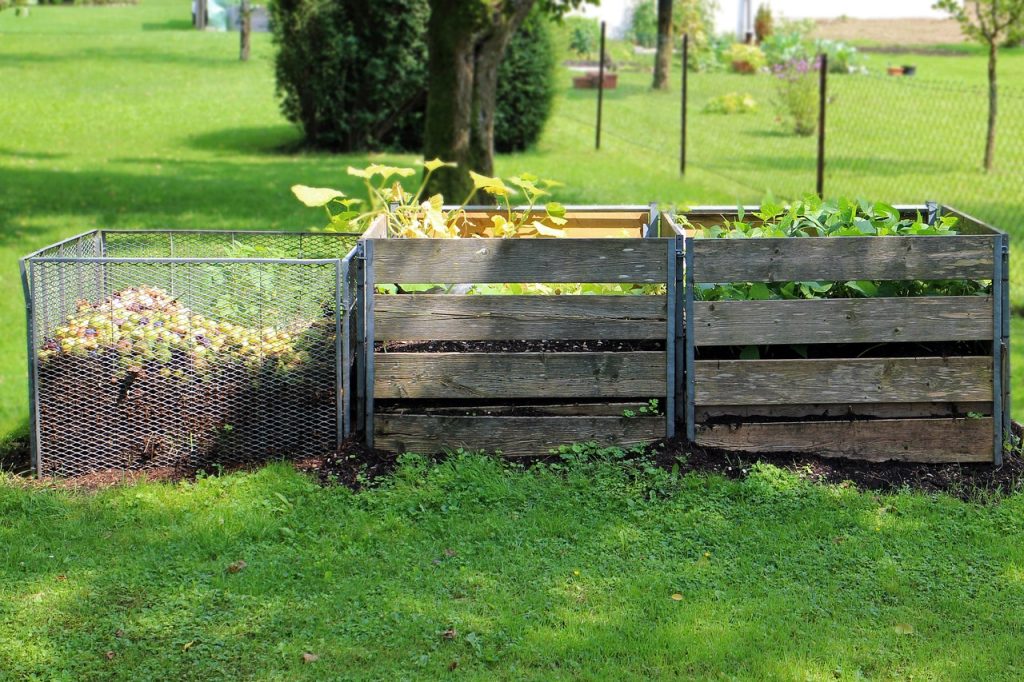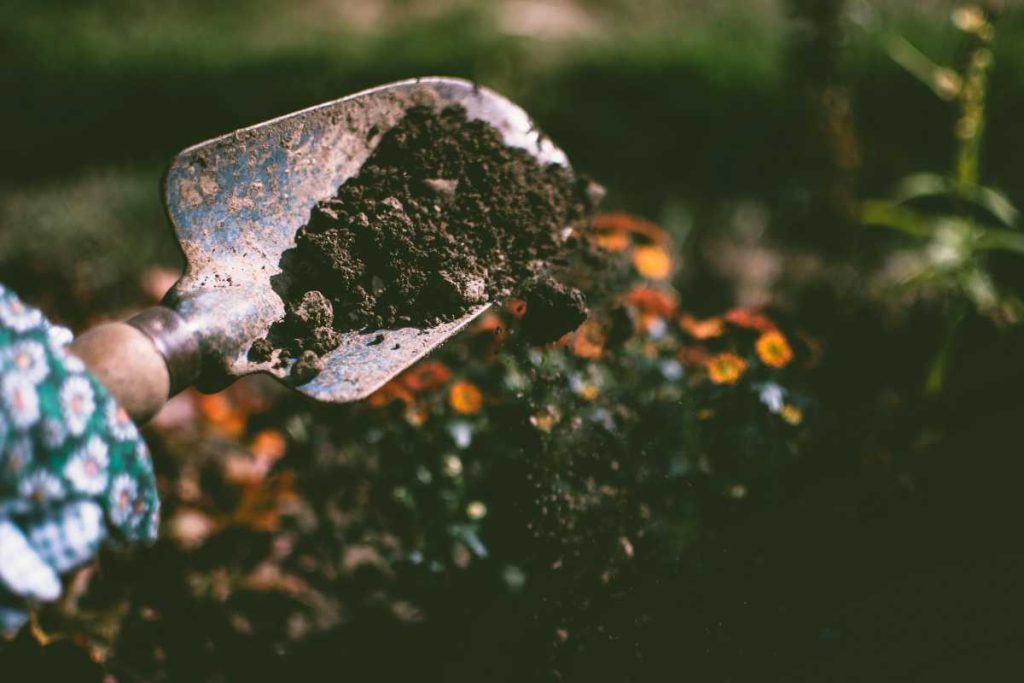Managing organic waste is a growing concern in today’s environmentally conscious world. Vermicomposting, the process of using worms to break down organic waste, offers a practical and sustainable solution. It not only helps reduce waste but also produces nutrient-rich compost for gardening and agriculture. This guide will teach you how to utilize worms effectively for organic waste management, whether you’re a homeowner, gardener, or business owner looking to adopt greener practices.
What Is Vermicomposting?
Vermicomposting involves the use of specific worm species—such as red wigglers (Eisenia fetida)—to decompose organic waste. These worms consume food scraps, paper, and other biodegradable materials, turning them into a rich, dark soil-like substance known as worm castings. This nutrient-dense compost enhances soil fertility, promotes plant growth, and reduces the need for chemical fertilizers.
Benefits of Using Worms for Waste Management
- Reduces Landfill Waste: Diverts organic matter from landfills, cutting methane emissions.
- Eco-Friendly Solution: Provides a natural method for managing waste sustainably.
- Produces High-Quality Compost: Worm castings are rich in nutrients and beneficial microbes, making them an excellent soil conditioner.
- Improves Soil Structure: Enhances water retention, aeration, and overall soil health.
- Cost-Effective: Saves money on waste disposal and fertilizer purchases.
- Scalable System: Suitable for small-scale home use or large-scale agricultural applications.
How to Set Up a Vermicomposting System
Step 1: Choose a Worm Bin
Select a container or bin that suits your needs. You can purchase a commercial vermicomposting bin or use a DIY approach with plastic storage boxes or wooden crates. Ensure the bin has adequate ventilation and drainage.
- Size Recommendation: For beginners, a bin with dimensions of approximately 16” x 24” x 12” works well.
- Drainage: Drill small holes in the bottom to allow excess liquid to escape.
Step 2: Prepare the Bedding
Create a hospitable environment for your worms by lining the bin with bedding materials. Shredded newspaper, cardboard, coconut coir, or aged compost are excellent options.
- Moisture Level: The bedding should feel like a damp sponge—moist but not waterlogged.
Step 3: Add the Worms
Introduce red wigglers or another composting worm species to the bin. A pound of worms (approximately 1,000 worms) is sufficient for a small household setup.
Step 4: Add Organic Waste
Feed the worms small amounts of organic waste. Common materials include:
- Fruit and vegetable scraps
- Coffee grounds and filters
- Tea bags
- Eggshells (crushed)
Avoid adding the following:
- Meat, fish, and dairy
- Oily or greasy food
- Citrus in large quantities
- Processed foods and salty items
Step 5: Maintain the System
- Feeding: Add new waste gradually and monitor how quickly the worms consume it.
- Moisture and Aeration: Keep the bedding moist and fluff it occasionally to provide oxygen.
- Temperature: Maintain an ideal temperature range of 55–77°F (13–25°C).
Harvesting Worm Castings

When the compost appears dark and crumbly, it’s time to harvest the worm castings. There are two primary methods:
- Migration Method: Push the finished compost to one side of the bin and add fresh bedding and waste to the other side. The worms will migrate, making it easier to collect the castings.
- Dump and Sort Method: Empty the contents of the bin onto a tarp, separate the worms manually, and collect the compost.
Tips for Success
- Monitor for Pests: Prevent flies and odors by burying food scraps and avoiding overfeeding.
- Use the Compost Wisely: Apply worm castings as a top dressing, mix into potting soil, or brew into compost tea for plants.
- Keep Worms Comfortable: Protect the bin from extreme temperatures, heavy rain, or direct sunlight.
Scaling Vermicomposting for Larger Applications
Vermicomposting isn’t just for households—it can also be implemented on larger scales for farms, schools, and businesses. Consider the following strategies:
- Windrow Systems: Create long, narrow piles of organic waste for large-scale worm farming.
- Commercial Bins: Use industrial-scale bins designed for higher waste volumes.
- Community Programs: Partner with local organizations to promote communal vermicomposting efforts.
Conclusion
Utilizing worms for organic waste management is a simple, eco-friendly, and effective method to reduce waste and create valuable compost. Whether you’re setting up a small bin at home or planning a larger-scale operation, vermicomposting offers significant environmental and economic benefits. By adopting this practice, you’re not only contributing to a healthier planet but also reaping the rewards of nutrient-rich compost for your soil. Start your vermicomposting journey today and watch your organic waste turn into black gold!

